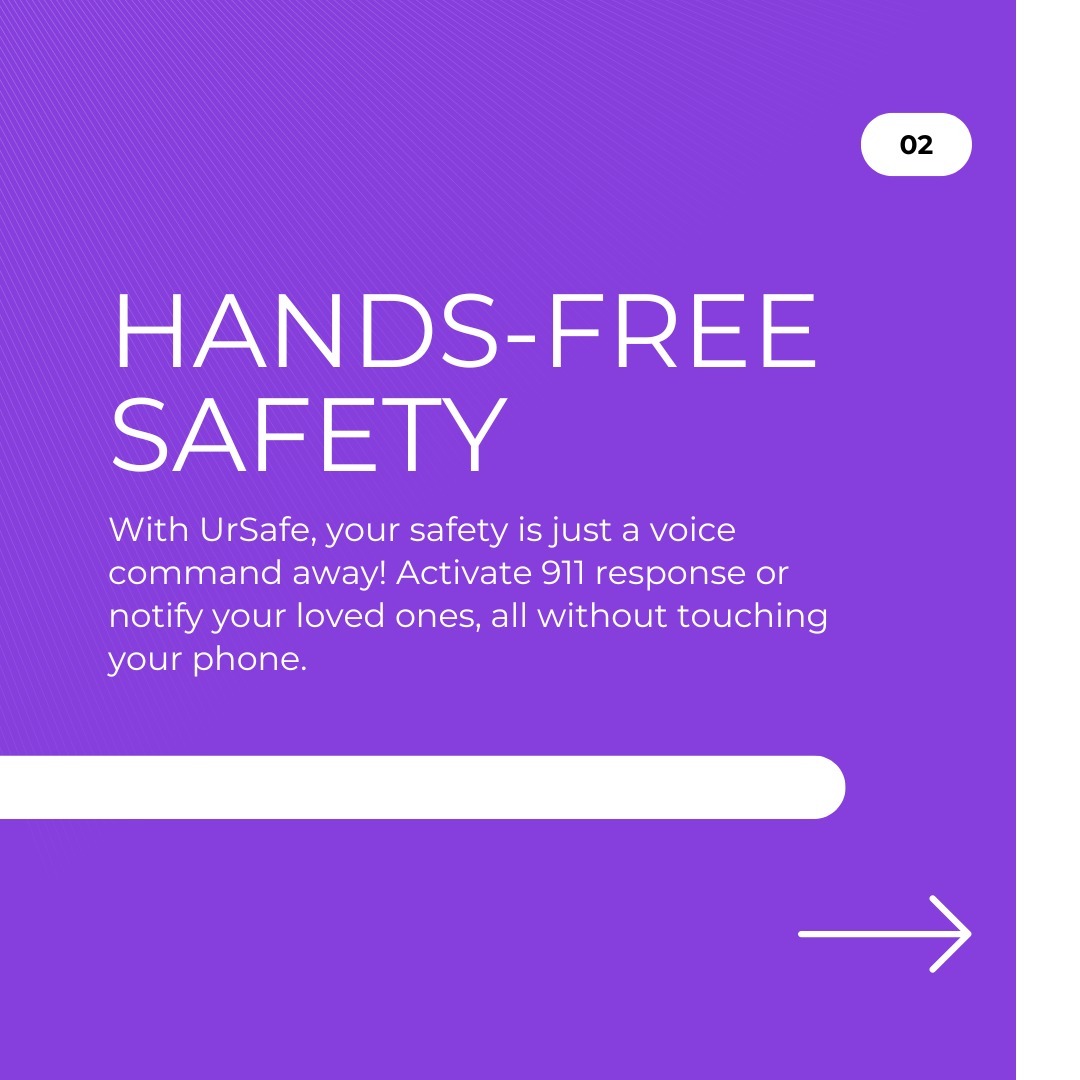Why are Personal Safety Apps a Necessity in this Decade?
If we compare our world to how it was a few decades ago, there’s no doubt that things were different in terms of social and physical infrastructure—so much so that if a person from a metropolitan area is shown an image of their city from thirty years ago, they might barely recognize it. With this rapid urbanization and technological advancement, our safety needs have evolved dramatically, making personal safety apps an essential tool in our daily lives.

The Digital Safety Revolution
Today’s world moves at an unprecedented pace. People commute longer distances, work flexible hours, and travel more frequently than ever before. While this mobility offers tremendous opportunities, it also creates new safety challenges. Personal safety apps bridge this gap by providing real-time monitoring and emergency response capabilities that weren’t possible before.
The Evolution of Family Dynamics
Modern families often live dispersed lives—parents working in different locations, children attending various activities, and elderly relatives maintaining independent lifestyles. This separation creates natural anxiety about loved ones’ safety. Family locator features within safety apps have become crucial tools for maintaining connection and ensuring everyone’s well-being without being intrusive.
Urban Safety Challenges
Metropolitan areas, while offering numerous opportunities, also present unique safety concerns:
- Increased commuting distances and unfamiliar neighborhoods
- Higher population density leads to more complex safety scenarios
- The rise of ride-sharing and delivery services requiring location verification
- Greater exposure to unknown environments and situations
Why Traditional Methods No Longer Suffice
While conventional safety measures like emergency contacts and predetermined meeting points remain important, they’re no longer enough. Modern challenges require modern solutions:
- Real-Time Response Capabilities
Safety apps provide immediate location data and emergency alerts, which are crucial in situations where every second counts. Unlike traditional methods, these apps can automatically notify multiple contacts and even emergency services with precise location information.
- Preventive Safety Features
Some modern safety apps don’t just respond to emergencies; they help prevent them. Features like route tracking, safe arrival notifications, and neighborhood safety alerts help users make informed decisions about their movements and activities.
Integration with Smart Technology
The interconnected nature of today’s technology makes safety apps more effective than ever:
- Synchronization with smartwatches and fitness devices
- Integration with home security systems
- Connection to vehicle tracking systems
- Compatibility with urban safety Infrastructure
Special Considerations
The Privacy Balance
A safety app may address privacy concerns through:
- Customizable sharing settings
- Temporary location-sharing options
- User-controlled monitoring periods
- Encrypted data transmission
- Clear consent mechanisms
Future Developments
As we progress through this decade, safety apps continue to evolve:
- AI-powered threat detection
- Improved emergency response coordination
- Enhanced integration with smart city infrastructure
- More sophisticated privacy controls
- Advanced coordination features in the niche of family safety app
The necessity of personal safety apps in this decade isn’t just about responding to dangers – it’s about creating a comprehensive safety network that adapts to our changing world. As our cities grow larger and our lives become more complex, these digital tools provide the peace of mind and practical safety features that modern living demands. The days of ambiguity around the thoughts of “find my family” are gone. Whether for family coordination, personal security, or emergency response, safety apps have become as essential as any other modern utility in our daily lives.